What is the tolerance range of precision screws?
What is the tolerance range of precision screws?
Service Hotline
+86760-8787 8587We have more than ten years of experience in screw industry production, the main products are: external hexagon nuts, GB819.1 screws, luggage leather rivets, high-strength grade 10 hexagonal flanged nuts, extended threaded screws, fine-toothed anti-thread caps and caps , Adjusting positioning screw bolts, national standard 8.8 screws, double-way hexagonal isolation columns, hexagon socket bolts, galvanized hexagonal flange nuts, flat washer combination screws, BS3692 hexagonal slotted nuts, aluminum countersunk head rivets, lifting eye bolts, etc. Fasteners, due to the different materials and specifications of the products, the prices are also different, if you need it, please contact us.


The inner tooth elastic washer and the outer tooth elastic washer have many sharp elastic warping teeth on the circumference, which are pressed against the supporting surface and can prevent the loosening of the fastener. The inner tooth elastic washer is used under the screw head with smaller head size; the outer tooth elastic washer is mostly used under the bolt head and the nut. The elastic washer with teeth is smaller than the ordinary spring washer, and the fastener is evenly stressed and reliable to prevent loosening, but it is not suitable for frequent disassembly. Wave spring washer GB: GB/T 7246-1987 Wave washer is divided into WG type, WL type, WN type WG type wave washer WG type wave washer is an open elastic washer, which can usually be installed in a small space, such as giving The bearing is prestressed to reduce the noise of the bearing operation and improve the running accuracy and stability of the bearing. In addition, there are a large number of applied materials in electronic appliances, such as carbon steel, stainless steel, copper alloy and so on. WL-type wave washer WL-type wave washer is a lap-type elastic washer, which can usually be installed in a small space, such as prestressing the bearing, reducing the noise of the bearing operation, and improving the running accuracy and stability of the bearing. There are also a large number of applications in electronic appliances. Materials are carbon steel, stainless steel, copper alloy, etc. WN type wave washer WN type wave washer is a multi-layer wave crest overlapping elastic washer. Compared with the WL type, this series is composed of multi-layer materials, so the K value curve under the same compression stroke is flatter than that of the WL type, which is suitable for elastic force. Larger, and the elastic release of the entire working stroke is required to be more uniform. The materials used are carbon steel, stainless steel, copper alloy, etc. Disc spring washer Disc spring washer, also known as Belleville spring washer, was invented by the French Belleville. DIN6796 Disc Spring Washers (HDS Series) are lock washers designed for bolted and screwed connections. It is designed and manufactured according to DIN 6796 for the connection of medium or high strength bolts and screws. High bearing loads and elastic recovery make the HDS series very effective, and the bolt tension can withstand slack due to: wear of consumables, creep, relaxation, thermal expansion, contraction, or compression of seals. The HDS series increases the elasticity of the screw several times. It can effectively replace the ordinary spring washer, but it is not suitable for the combination of lock washer and flat washer. Since the HDS series is a disc spring that can be folded or overlapped. The combination of the butt joint can increase the deformation of the disc spring group, and the combination of the overlapping method can increase the spring force of the disc spring group. The ideal installation method is to flatten as much as possible. The closer it is to the flattened state, the faster the tension torque increases, and the proper bolt tension can be obtained without a torque wrench.
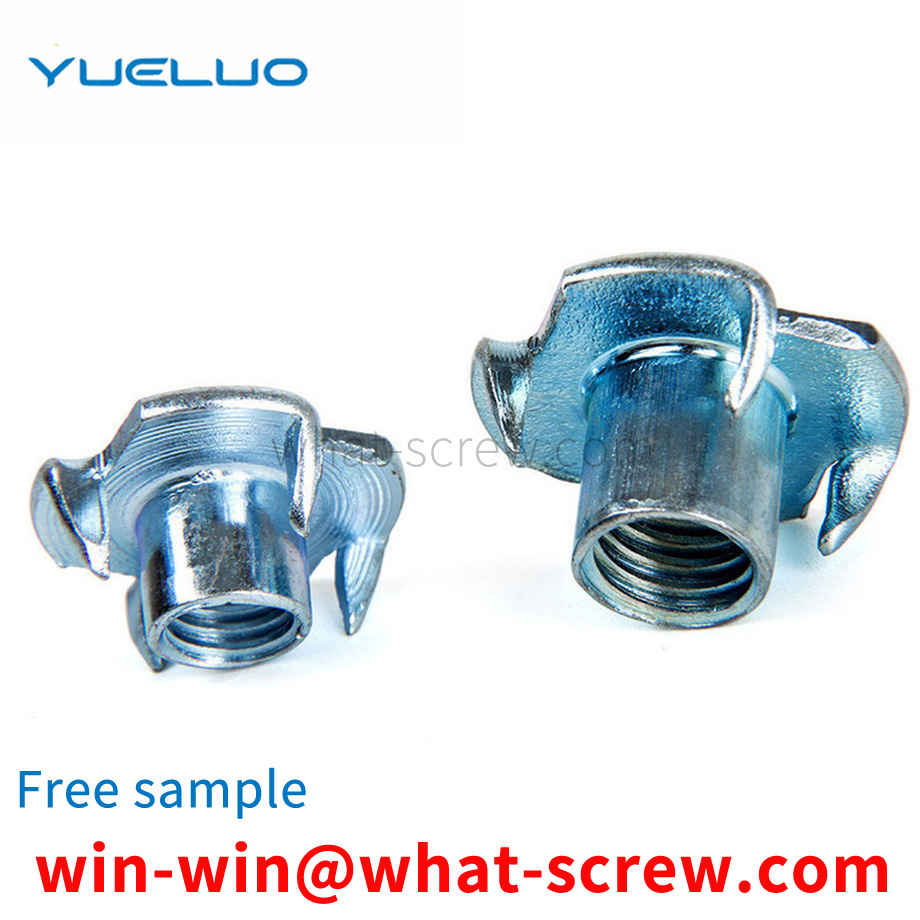
Nuts are parts that tightly connect mechanical equipment. Through the inner threads, nuts and bolts of the same specification can be connected together. For example, M4-P0.7 nuts can only be connected with M4-P0.7 series bolts (in the nut). Among them, M4 means the inner diameter of the nut is about 4mm, and 0.7 means that the distance between the two threads is 0.7mm); the same is true for American products, for example, a 1/4-20 nut can only be matched with a 1/4-20 screw ( A 1/4 finger nut has an inner diameter of about 0.25 inches, and 20 fingers have 20 teeth in each inch).

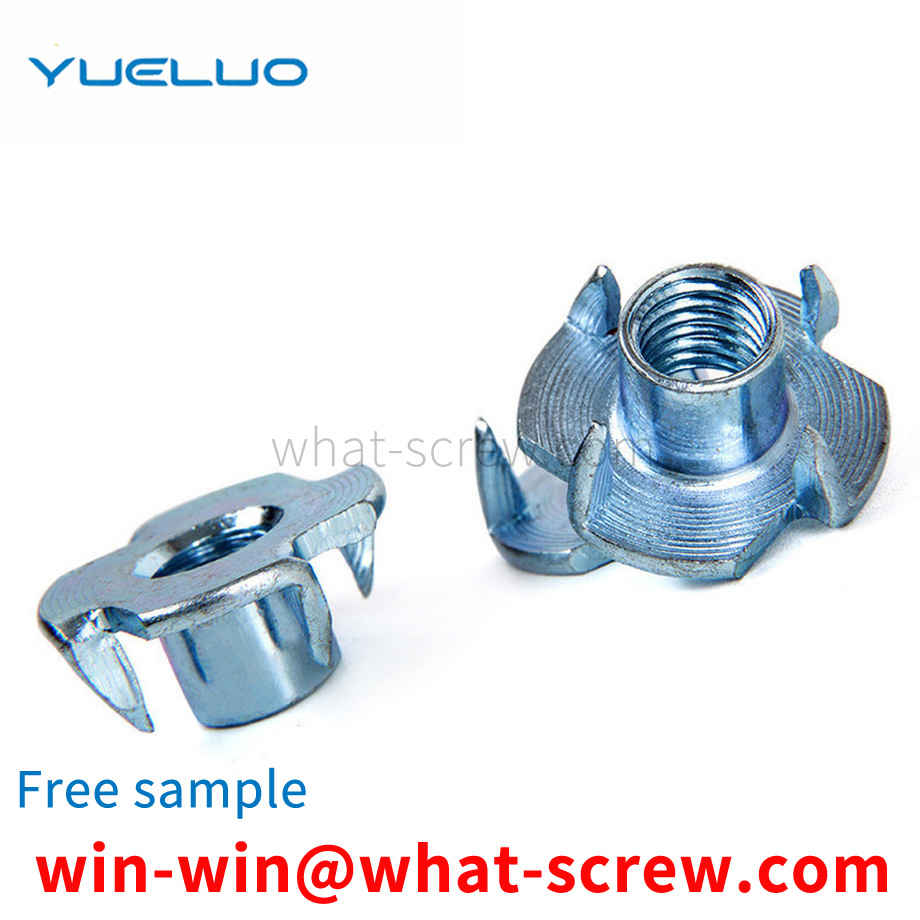
M15 grounding screw used to fix the grounding wire on household appliances and other equipment, the stud is cylindrical, and the thread is perpendicular to the end surface (section). However, the screw holes on the equipment all have tapping guide grooves for sinking and guiding due to the manufacturing process requirements. When fixing the ground wire, if the screw is not positioned accurately (the screw is inclined), the screw is pressed down hard, which is easy to cause the screw and the screw. The screw hole bites the teeth, and after biting the teeth, it is easy to cause the screw to loosen or fall off, posing a safety hazard.
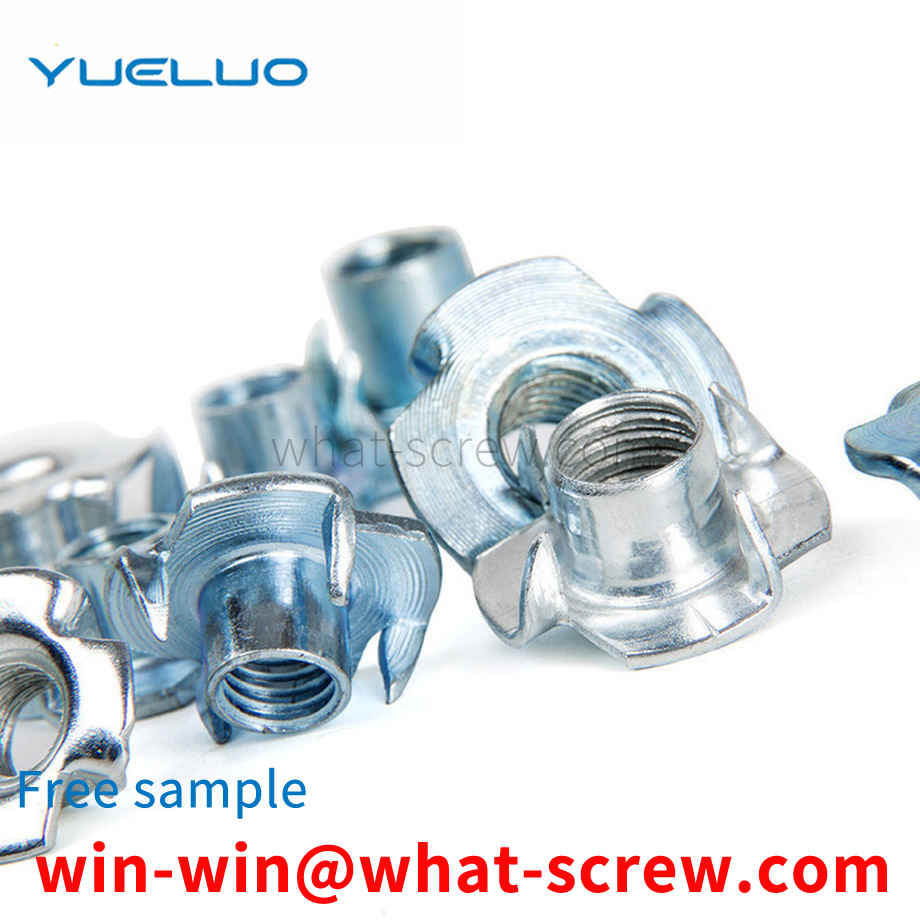
(1) The screw-in performance test is to screw the self-tapping locking screw sample into the test plate until one complete thread completely passes the test without breaking. (2) The destructive torque test is to clamp the stem of the self-tapping locking screw specimen in a thread mold or other device that matches the screw thread, and uses a calibrated torque-measuring device to measure the screw. Torque is applied until fracture, which should not occur in the clamped threaded portion. (3) Carry out a tensile test on the screw sample to check the minimum tensile load for failure. The fracture should be within the length of the rod or the unthreaded thread, and should not occur at the junction of the nail head and the rod. Before the sample breaks, it should be It can reach the minimum tensile load specified by the corresponding performance class. (4) Hydrogen embrittlement is a problem that must be strictly paid attention to in the surface treatment process of self-tapping locking screws. In the pickling process, the screw is stirred in dilute hydrochloric acid, and the amount of hydrogen absorbed by the pickling steel increases linearly with the square root of time and reaches the saturation value. Less than 100%, a large number of hydrogen atoms will be produced, which will be attached to the surface of the screw, resulting in hydrogen infiltration, and the steel will become brittle due to the absorption of hydrogen. The self-tapping locking screw takes 6~8h to drive hydrogen, and the temperature is 160~200℃ (phosphating) and 200~240℃ (electroplating). However, in the production process, the hydrogen drive time should be determined according to many production conditions such as core hardness, surface roughness, electroplating time, coating thickness, pickling time, and acid concentration. It is best to do it before passivation and just after electroplating.

The above content is uploaded by Yueluo or the Internet. If there is any copyright issue, please contact [email protected].

What is the tolerance range of precision screws?

How to choose the right stainless steel screw manufacturer?

Why is there an R angle under the head of the hexagon head s...

We have more than ten years of experience in screw industry ...
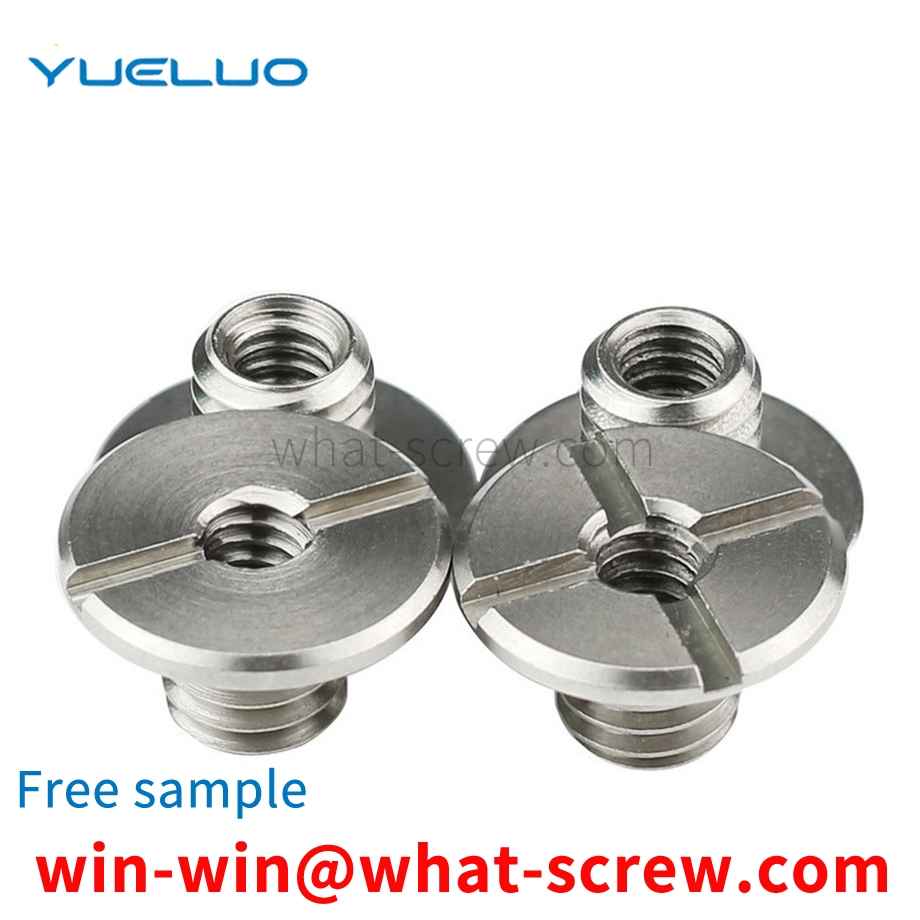
We have more than ten years of experience in screw industry ...
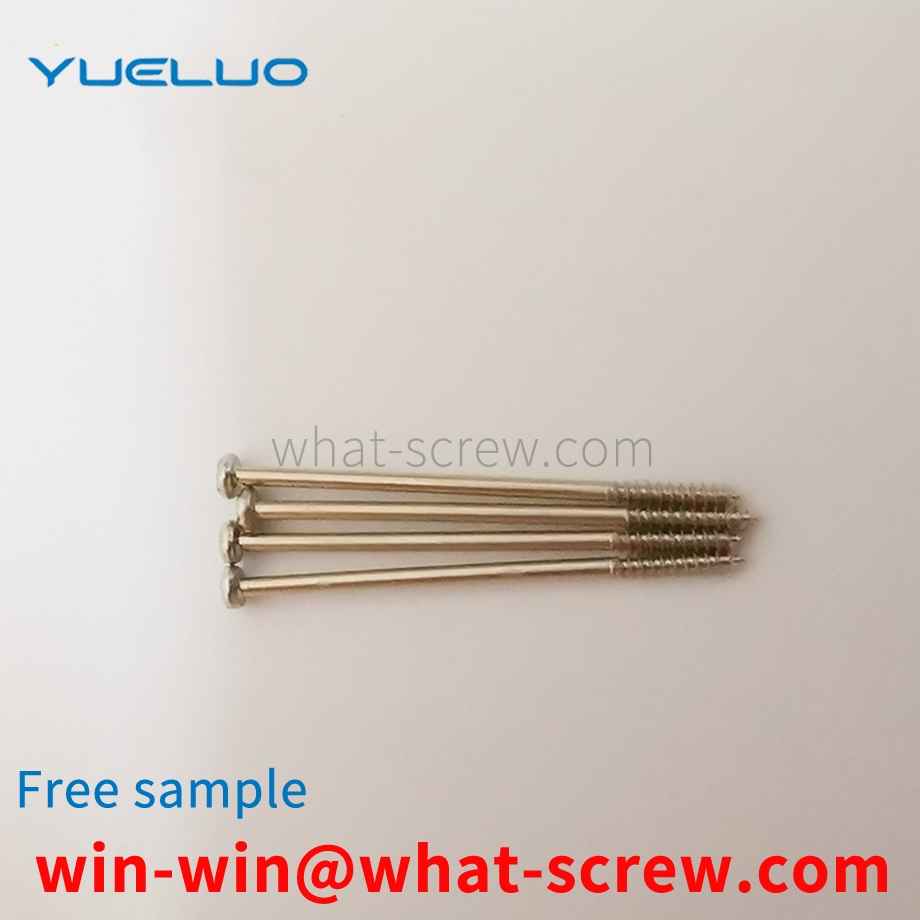
We have more than ten years of experience in screw industry ...
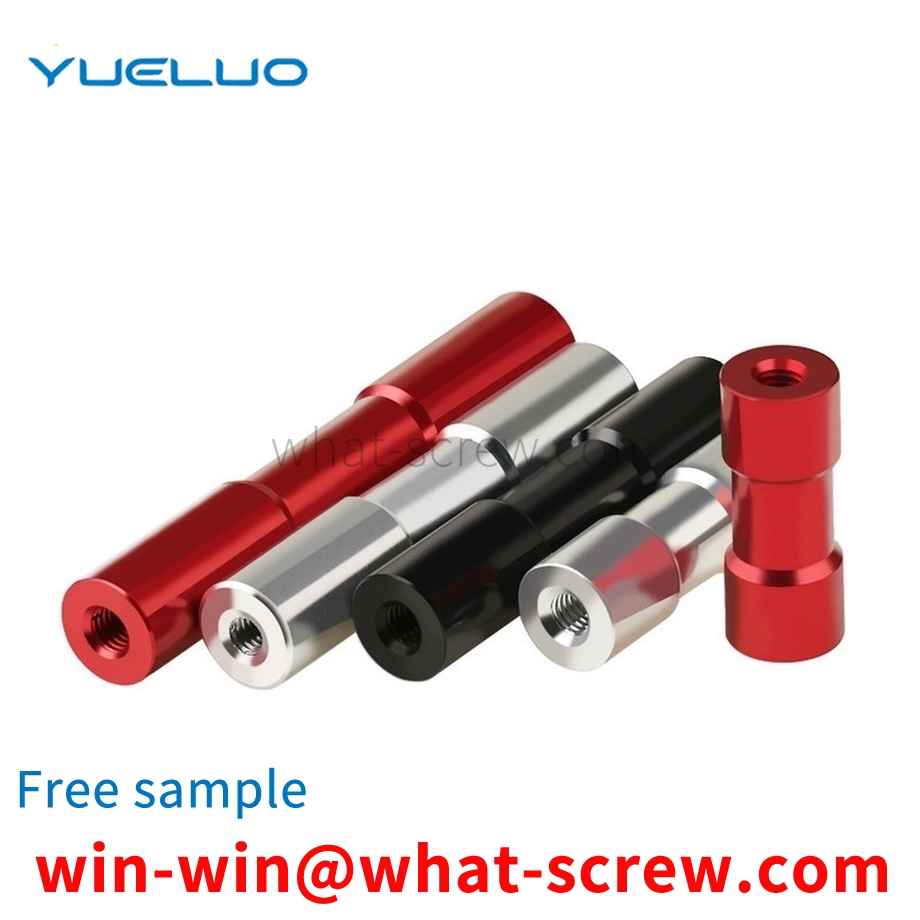
We have more than ten years of production experience in the ...